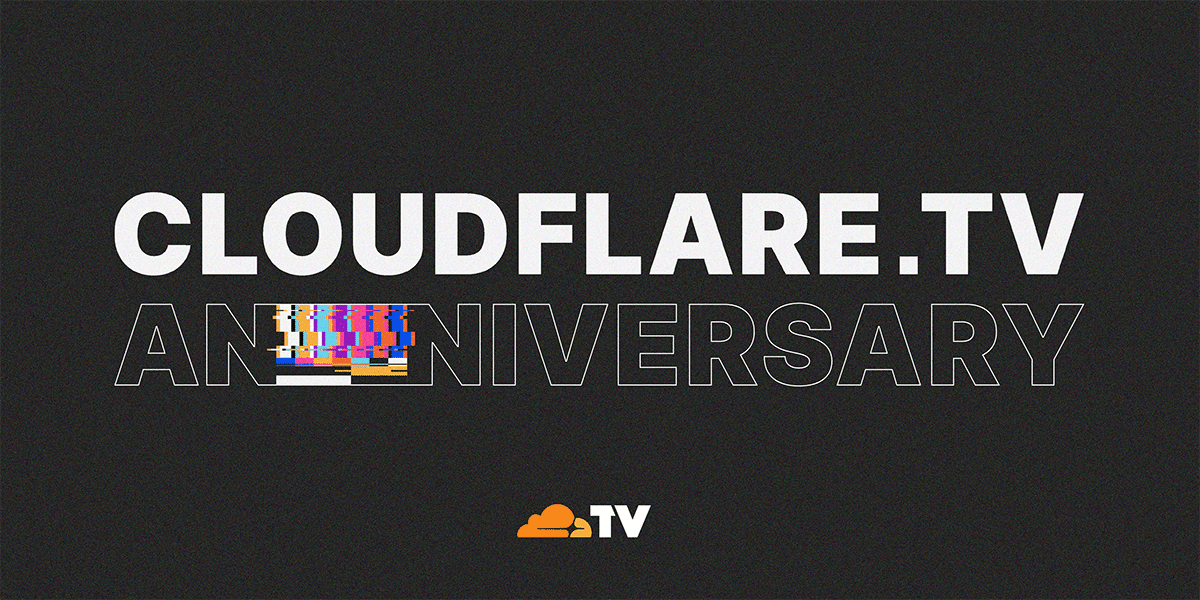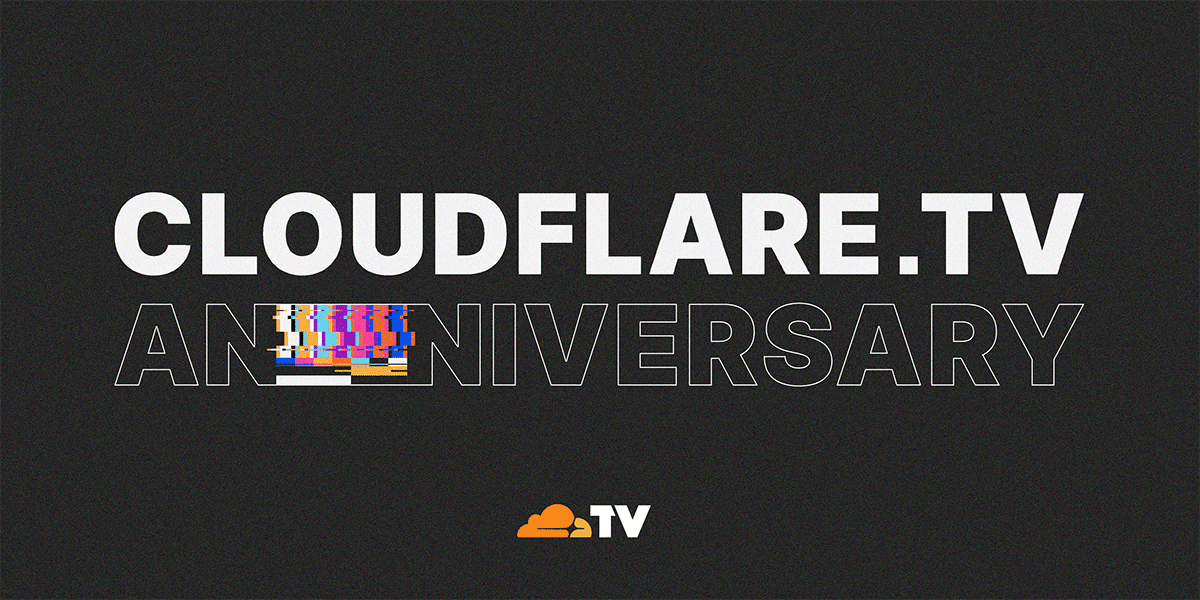0
On Hacker News, this article claiming "You won't live to see a 128-bit CPU" is trending". Sadly, it was non-technical, so didn't really contain anything useful. I thought I'd write up some technical notes.
The issue isn't the CPU, but memory. It's not about the size of computations, but when CPUs will need more than 64-bits to address all the memory future computers will have. It's a simple question of math and Moore's Law.
Today, Intel's server CPUs support 48-bit addresses, which is enough to address 256-terabytes of memory -- in theory. In practice, Amazon's AWS cloud servers are offered up to 24-terabytes, or 45-bit addresses, in the year 2020.
Doing the math, it means we have 19-bits or 38-years left before we exceed the 64-bit registers in modern processors. This means that by the year 2058, we'll exceed the current address size and need to move 128-bits. Most people reading this blogpost will be alive to see that, though probably retired.
There are lots of reasons to suspect that this event will come both sooner and later.
It could come sooner if storage merges with memory. We are moving away from rotating platters of rust toward solid-state Continue reading



